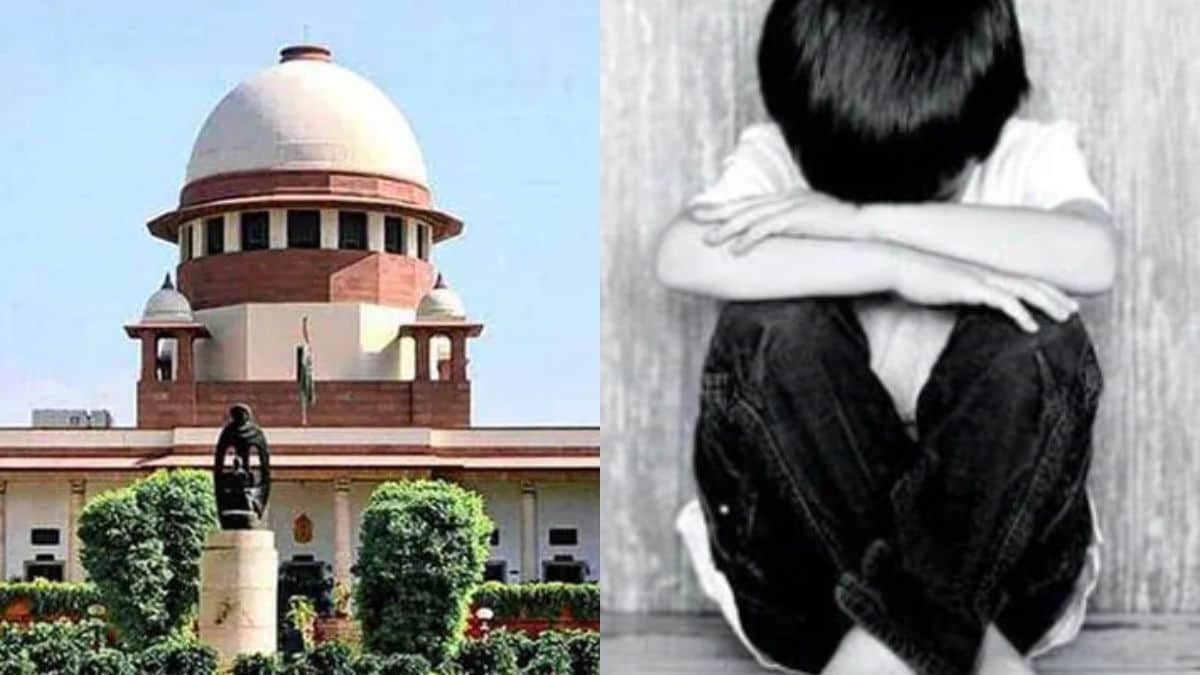In a recent ruling, the Supreme Court made a significant decision regarding the custody of a young boy, ultimately determining that the child should be returned to his mother. This case highlights the intricate dynamics involved in custody disputes and underscores the court’s focus on the best interests of the child. The father, who had been granted custody under previous arrangements, argued passionately for the continuation of his custodial rights. He presented evidence of the strong bond he shared with his son, emphasizing his role as a primary caregiver and the stability he provided in the boy’s life.
However, the court carefully examined the circumstances surrounding the mother’s initial loss of custody. It took into account her subsequent efforts to improve her circumstances and the steps she had taken to create a stable environment for her son. The judges recognized that a mother’s bond and nurturing role are vital in a child’s development. In their deliberation, they prioritized the emotional and psychological well-being of the boy, which included considering his relationship with both parents. The court determined that returning the child to his mother would ultimately serve his best interests, allowing him to benefit from a nurturing environment.
The ruling challenges the notion that a father’s rights automatically outweigh those of a mother, especially in cases where a mother’s circumstances have changed for the better. It sends a strong message about the importance of second chances and the capacity for parents to evolve in their roles. This decision reaffirms the principle that the child’s welfare is paramount and that both parents must be evaluated on their current capabilities and the environments they provide. The court’s ruling is a reminder of the complexities involved in custody matters, where the emotional ties between parent and child must be balanced with the overall wellbeing of the child.
This case serves as a pivotal example for future custody disputes, illustrating that while parental bonds are significant, the primary consideration must always be the child’s best interests. The Supreme Court’s decision is a reflection of evolving societal views on parenting roles and the recognition that both mothers and fathers can positively contribute to a child’s upbringing. As families continue to navigate the challenges of custody arrangements, this ruling may inspire a more nuanced understanding of parental responsibilities and the importance of fostering healthy relationships between children and both parents.




